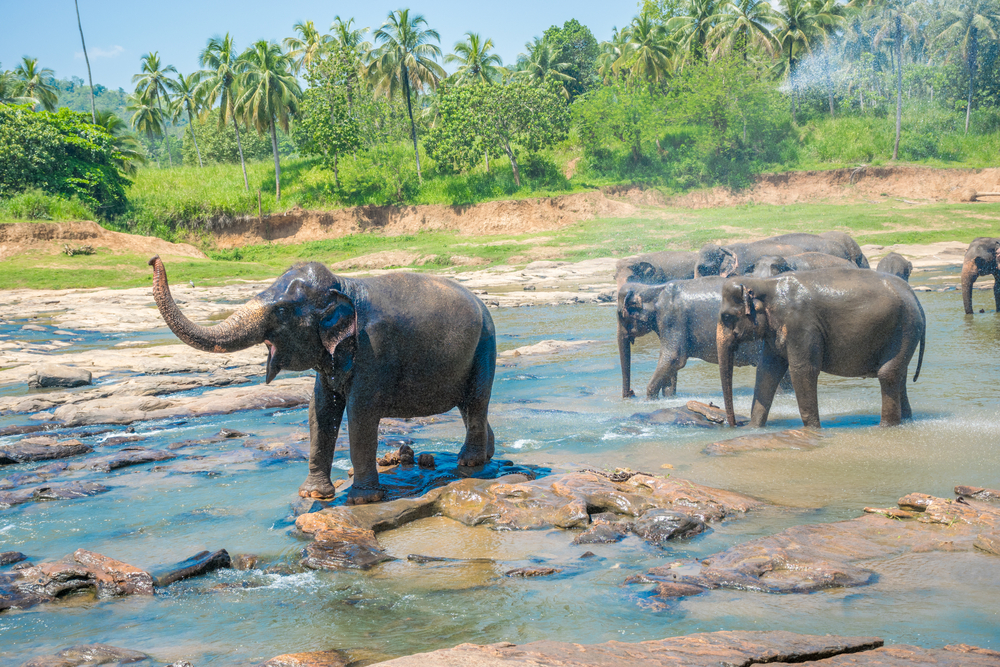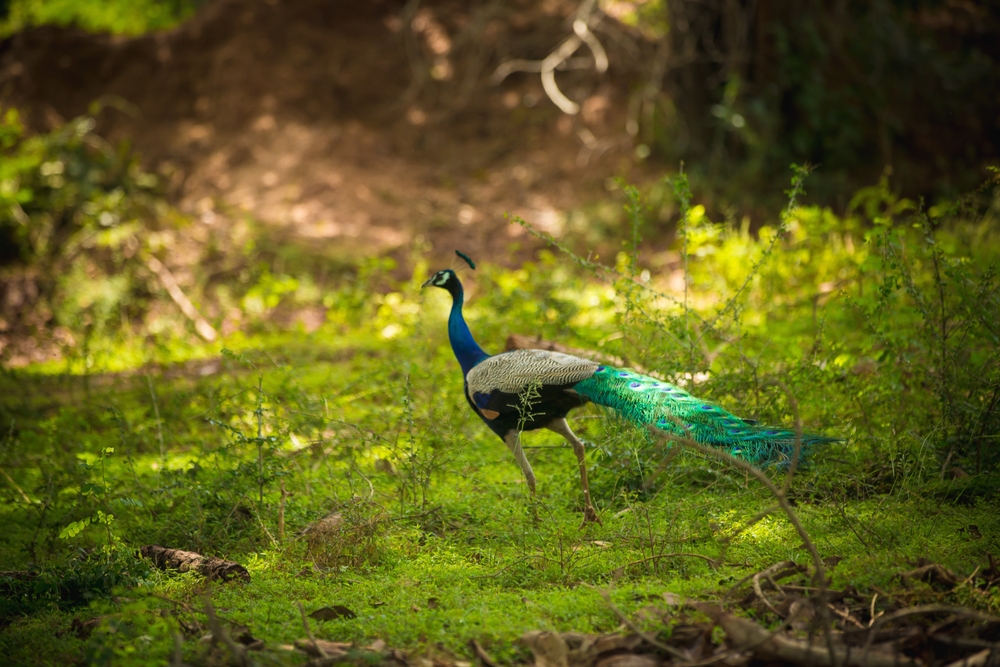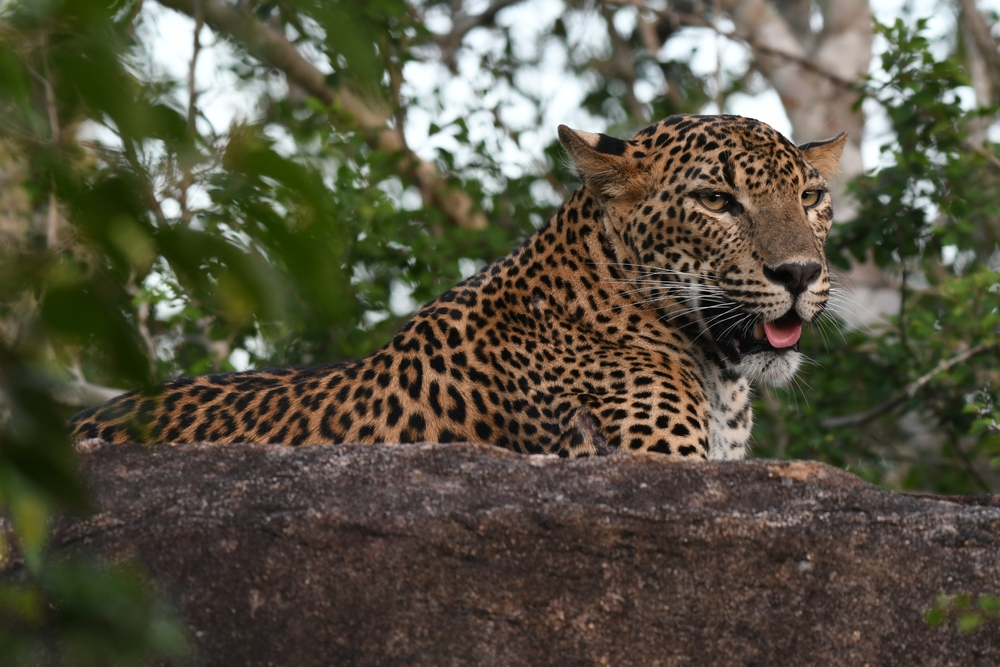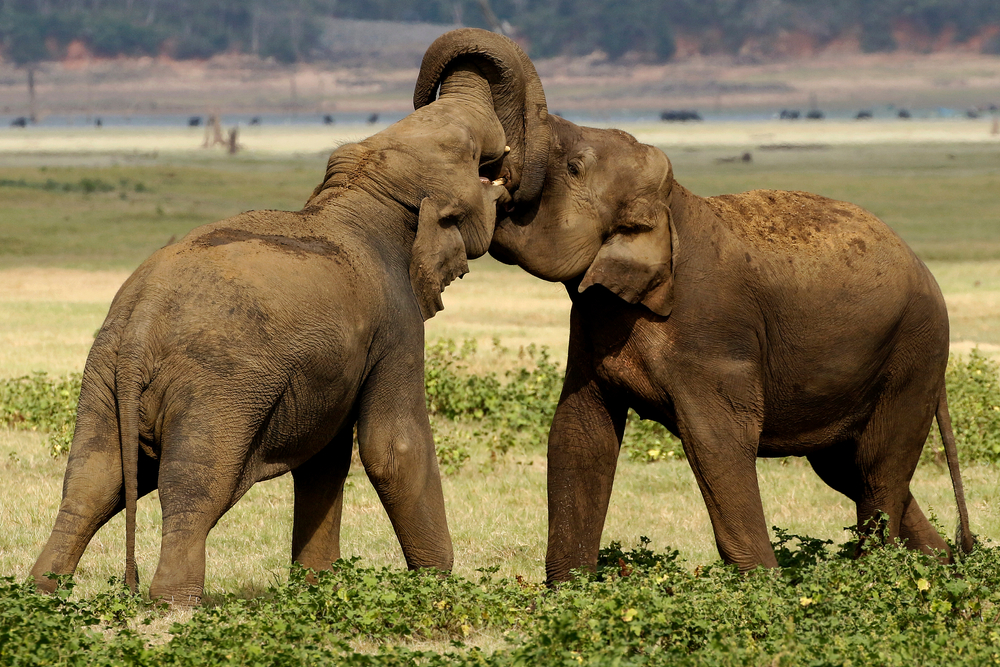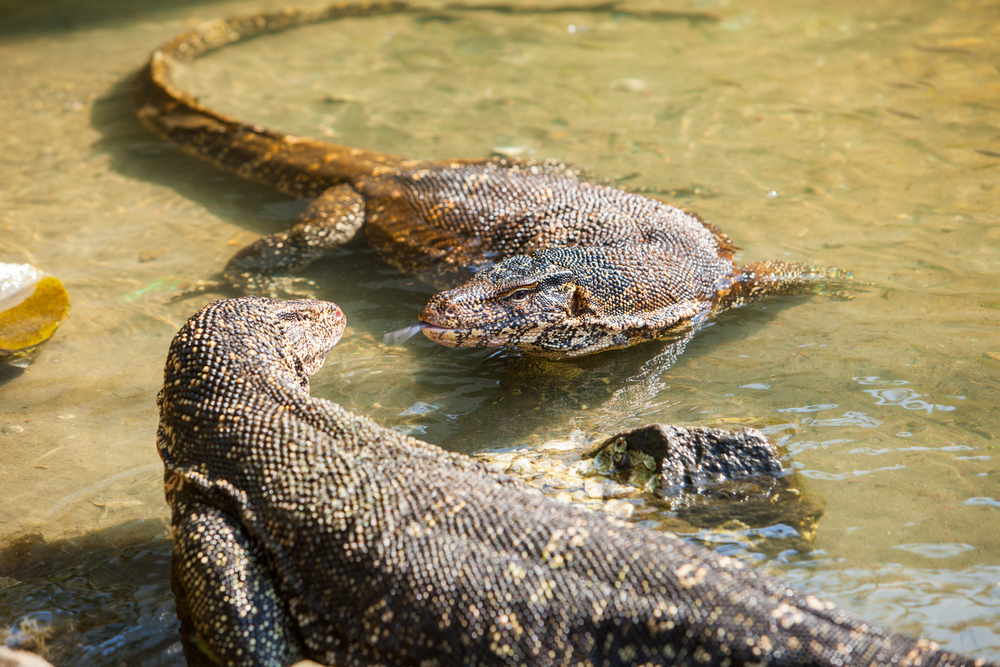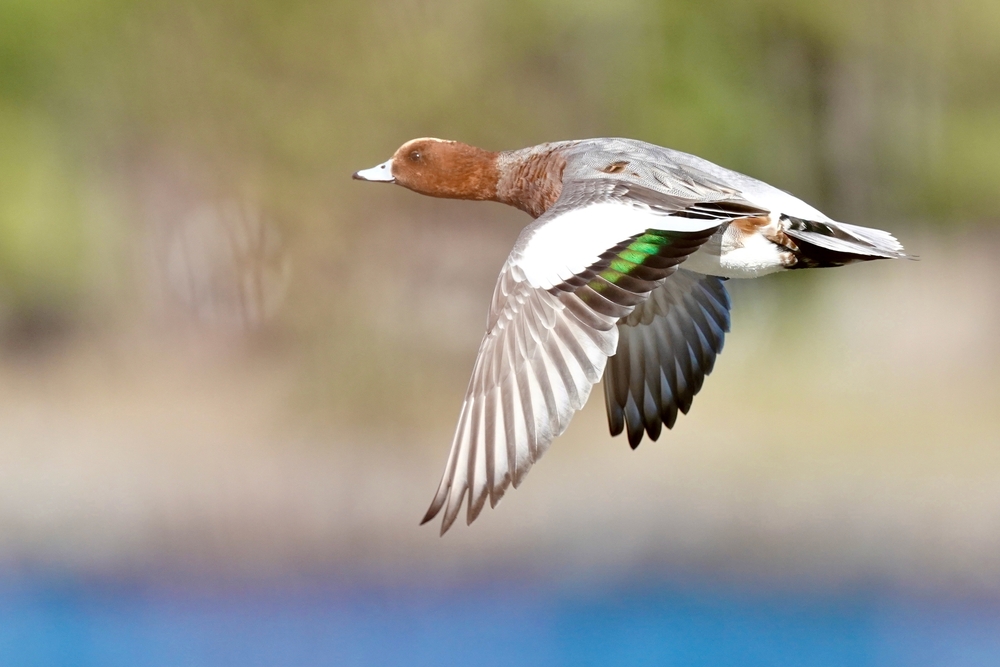Madhu Road Overview
Madhu Road National Park, also known as Madhu Road Sanctuary, is located in the northwestern region of Sri Lanka, specifically within the Mannar District. This national park spans approximately 98 square miles (253 square kilometers) and is a vital ecological haven that forms part of Sri Lanka’s dry zone forest. The area, rich in cultural and natural history, is renowned for its dense woodlands, scrublands, wetlands, and a network of small water bodies that contribute to its lush and diverse environment.
The terrain of Madhu Road National Park is characterized by flat, low-lying landscapes interspersed with scattered rocky outcrops and small hillocks. The park’s vegetation is a mix of dry evergreen forests and open grasslands, with an abundance of native flora such as teak (Tectona grandis), satinwood (Chloroxylon swietenia), and weera (Drypetes sepiaria). Wetland ecosystems within the park, including lagoons and tanks, provide critical habitats for aquatic plants and support a rich variety of animal life. The sacred Madhu Church, an important pilgrimage site for Catholics, lies near the park, adding a layer of spiritual significance to the natural setting.
Wildlife enthusiasts visiting the park can encounter a wide range of species that thrive in this ecologically rich zone. Among the mammals, elephants (Elephas maximus maximus), sloth bears (Melursus ursinus), and leopards (Panthera pardus kotiya) are the most sought-after sightings. Smaller mammals, including golden jackals (Canis aureus) and Indian pangolins (Manis crassicaudata), also inhabit the park. The avian population is equally diverse, with iconic bird species such as the Sri Lanka junglefowl (Gallus lafayettii), painted storks (Mycteria leucocephala), and black-headed ibis (Threskiornis melanocephalus). During the migratory season, the park becomes a haven for numerous waterfowl, making it a paradise for birdwatchers.
Visitors to Madhu Road National Park can immerse themselves in the beauty of nature through guided safaris and birdwatching tours. Walking trails allow for closer exploration of the forest, while photography enthusiasts often capture the mesmerizing landscapes and wildlife. The nearby Madhu Church enhances the appeal of the park, as visitors can combine spiritual reflection with outdoor adventures. Conservation education programs also provide insight into the importance of preserving this unique environment.
Madhu Road National Park has faced significant conservation challenges over the years, including habitat loss and poaching. However, proactive measures by the Department of Wildlife Conservation have led to notable successes. Initiatives such as community engagement, reforestation programs, and anti-poaching patrols have strengthened the park’s ecological balance. These efforts have contributed to the steady recovery of species populations, particularly the endangered Sri Lankan elephant and the vulnerable leopard.











































































